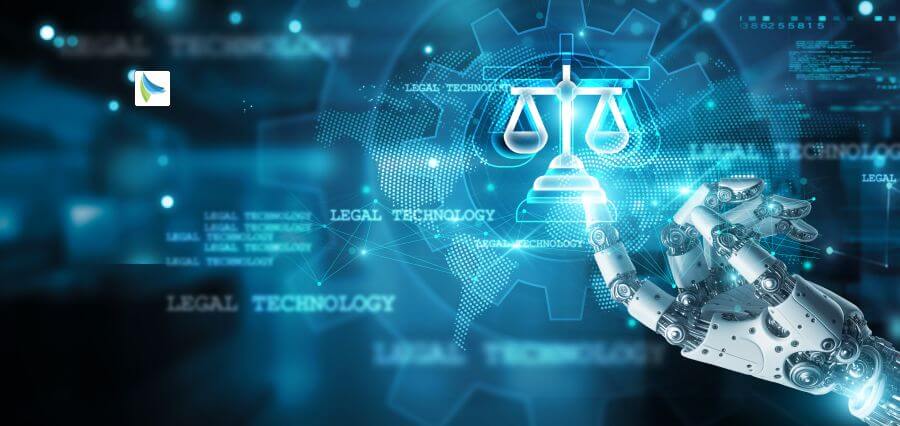Artificial intelligence (AI) is revolutionizing the learning environment at a breakneck speed, providing unprecedented potential for personalized learning, educational equity, and more rational teaching. As schools and teachers look for out-of-the-box solutions to meet diverse learning needs and increase performance levels, AI can improve the process of teaching-learning. Through AI-driven platforms, analytics, and intelligent content creation, the education industry is capable of re-engineering the learning process to be responsive, interactive, and effective. It appears that the digital era unfolds before us every day. Adopting AI not only unleashes total intellectual potential but also gets the learners ready for an age where know-how of technology would prove to be the largest strength.
This article highlights three major areas of artificial intelligence implementation in the education industry: intelligent learning pathways, AI-driven content and assessment, and teacher productivity and decision support.
Individualized Learning Paths
The greatest advantage AI can possibly provide to schools is individualized learning opportunities as per the requirement of one student. Traditional classroom teaching adopts a one-size-fits-all approach, which might or might not be flexible for different learners with diverse capabilities, interests, and learning speed. Artificial intelligence-based adaptive learning systems have the capability to monitor the performance of the learner in real time and modify the curriculum. This enables the learners to get customized content recommendations, feedback, and scaffolded assistance, which reflects in fast learning and recall. Second, AI personalization helps in engaging and motivating students.
By creating more pertinent learning experiences based on the students’ strengths, and working on their own problems, AI applications can create more stimulating and motivating learning content. Learning content is more stimulating and motivational to the students when it is relevant and achievable. Also, these systems are able to detect learning gaps or causes of disengagement and plug or stop them early enough so that the teachers can act before. For instance, AI tools such as Carnegie Learning and DreamBox Learning learn math exercises or reading problems dynamically depending on a student’s response, with seamless continuity.
Smart Content and Testing Tools
Educational content development, dissemination, and testing are being transformed by artificial intelligence. Smart content software and intelligent tutoring systems can create high-quality learning content, including educational video, interactive simulations, and quizzes, that can be customized to the particular learning goals. They employ machine learning and natural language processing algorithms to make not just the content accurate but also standards-based and pedagogically robust. They enable content creation without compromising on instructional integrity. Consider Squirrel AI and Content Technologies, Inc., for example. Such AI platforms already exist that can create individualized textbooks and lesson plans in a matter of an eyeblink. One of the other primary fields in which AI has profound influence is grading. Automated graders from AI can conveniently grade all manner of assessments—e.g., essays, short answers, and even oral ones—to free the administrative workload from teachers and provide instant feedback to students.
More sophisticated systems are even able to conduct formative testing that is longitudinal in its development and enables follow-up learning tasks to be suitably adjusted. With Grade scope or Century Tech at grade, teachers have a clearer vision of student development, while the students receive continuous feedback loops. The transition from static to dynamic assessment paradigms benefits the teacher with actionable data and benefits the student with increased understanding of the learning process, resulting in increased accountability and achievement.
Enabling Educator Effectiveness and Decision Making
Apart from student-facing solutions, AI also greatly enables teachers in the realm of robotic redundancy of routine tasks and assistance in evidence-based decision making. Administrative tasks like tracking attendance, timetabling, and report writing can be streamlined best by AI-based solutions to enable the release of teachers’ time so that they have more time for teaching and interaction with students. AI-powered LMS is also able to track class activity and give analytics for identifying trends, problems, and where it can improve. Google Classroom and Canvas are two of the numerous platforms that now have AI aspects integrated to scan students’ work and activity trends so teachers can make faster, better-informed decisions. Instructional design, AI helps instructors decide on what will be the most effective instructional methods for various learning groups.
By adding test scores, engagement rates, and behavioral data, AI technology is able to propose specific interventions, differentiated instructional plans, and resource allocation enhancement. For example, AI dashboards will alert a teacher when a student subgroup is continually lagging behind on certain skills so remediation will be implemented immediately. Data instruction enables teachers to make smarter and more efficient decisions, ultimately resulting in enhanced student learning. While AI can never replace the human factor of judgment or people-to-people interaction of pedagogy, it may be a satisfactory peer in the dirty work of motivating and directing learners, an aid rather than a replacement for the instructor.
Conclusion
Education with AI is a paradigm shift towards more personalized, productive, and more equitable learning experience. From adaptive learning paths to automated marking and informing teacher planning, AI can be utilised to improve the quality of learning in a wide range of settings. It also prepares learners for a more automating, data-driven world. With technological capacity still expanding, educational institutions must invest in thoughtful, responsible utilization of AI capacity that expands and supports human instruction instead of compromising student privacy. Teachers, policymakers, and technology developers must collaborate so that AI will be a positive force in education—to assist educators, motivate students, and make high-quality learning accessible to everyone. With responsible and strategic application of AI, the future of education can be more adaptive, accessible, and empowering to all.
Read More: Professional Development Models for Soul-Centered Education











